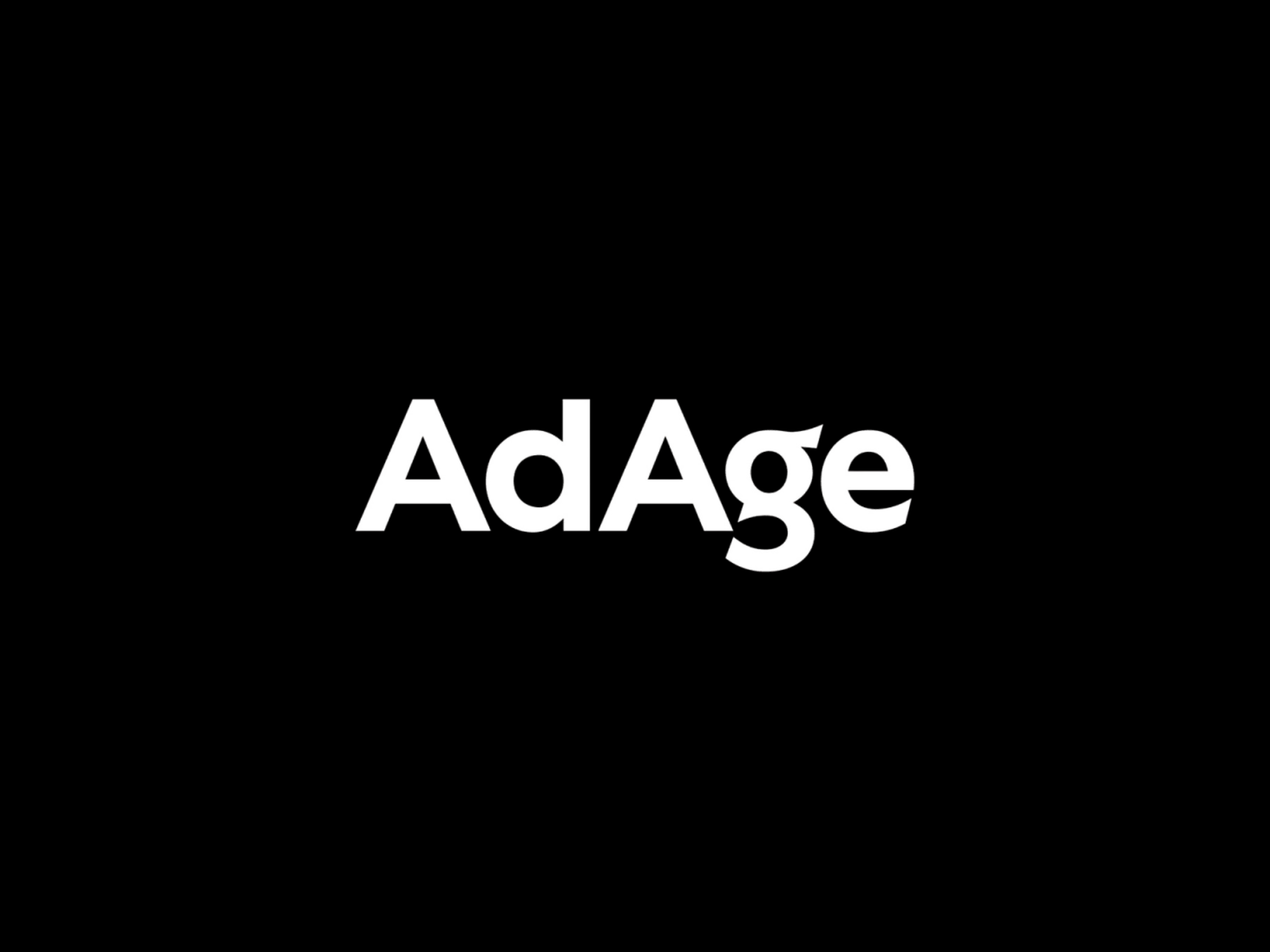
The power of brand ecosystems
November 11, 2024 / 6 min read

OpenAI has achieved a $150 billion valuation—more than the market capitalization of more than 88% of S&P 500 firms–less than two years after the company unleashed ChatGPT. How did this small company achieve such an impressive milestone? With a little help from its friends. In an increasingly interconnected digital marketplace, brands need to evolve into dynamic ecosystems, and OpenAI is a notable example. By building ecosystems, innovators like OpenAI do not just survive—they shape the future, turning partnerships into powerhouses of influence and opportunity.
Businesses have always relied on complex networks of suppliers, customers, and partners to grow. However, the digital age has supercharged the speed at which companies can develop and scale these ecosystems, creating new growth opportunities—and challenges. Three darlings of the digital age—Netflix, Amazon, and OpenAI—illustrate the ways ecosystems build brands.
Netflix: Business Transformation
Netflix’s journey from a DVD supply service to a global content creation studio highlights the power of an ecosystem-driven business model. Its ability to produce and stream original content at scale depends on more than internal capabilities. It thrives on a network of partners.
A major partner is Amazon Web Services (AWS), which provides the cloud infrastructure Netflix relies on to manage the massive demands of streaming content to millions of users worldwide. Without AWS, Netflix would struggle to meet the computing power required to serve such a vast global audience.
Content delivery networks (CDNs), such as Akamai Technologies and Limelight Networks, ensure that Netflix can deliver high-quality video with minimal delays by caching content closer to viewers. These networks allow Netflix to deliver a smooth streaming experience, avoiding frustrating lags and buffering that can drive customers away. Although customers don’t notice those silent partners when things are working well, any disruption can become glaring.
For content production, Netflix collaborates with major studios including Skydance Media and Shondaland, ensuring a steady flow of original material to attract and retain subscribers. Beyond technology and production partners, Netflix’s data analytics ecosystem is equally important. Companies including Teradata help Netflix process vast amounts of viewer data, refining its recommendation algorithms to personalize the viewing experience in a way that competitors find difficult to match.
Clearly, there’s a lot going on behind the scenes when you sit down and watch the latest binge worthy Netflix program. By managing its ecosystem well, Netflix ensures that you don’t notice the moving parts while you consume content.
Key Lessons:
- Diversified partnerships drive success. Netflix’s broad range of partnerships from tech infrastructure to creative content powers its growth and operational efficiency.
- The user experience depends on ecosystem design. Integrating partners across cloud infrastructure, CDNs, data analytics, and production lets Netflix maintain a seamless and compelling user experience.
- Cross-industry partnerships unlock potential. Netflix’s collaborations with media companies, tech firms, and data analytics providers illustrate how cross-industry ecosystems enable faster innovation and scaling.
OpenAI: Accelerating Innovation
As Generative AI surges forward, OpenAI leads the charge, largely thanks to its well-executed ecosystem strategy. ChatGPT is now almost synonymous with generative AI. The company has built strategic relationships with content providers to ensure its AI models continue evolving. For instance, OpenAI partners with publishers like Reddit and News Corp. to access the content necessary to refine and improve ChatGPT’s abilities.
These collaborations are critical to OpenAI’s long-term success. OpenAI’s partnership with Reddit, for example, provides access to a vast content library and fuels collaboration on AI-powered features. Similarly, its deal with News Corp. gives OpenAI content from a broad array of news outlets, ensuring that ChatGPT remains informed on current events.
In addition to working with content providers, OpenAI is embedding itself in educational and nonprofit sectors. These partnerships open new growth avenues, positioning generative AI as a vital tool for reshaping how students learn and engage with information.
In the corporate world, OpenAI’s ecosystem keeps expanding. PwC recently became the largest customer and the first reseller of OpenAI’s ChatGPT Enterprise product, signaling AI’s growing importance in business. As the race to dominate generative AI intensifies, OpenAI’s ecosystem of partners will play a critical role in determining its continued success.
Key Lessons:
- Ecosystems power product evolution. OpenAI’s partnerships ensure ChatGPT stays relevant with high-quality, up-to-date data.
- Expanding ecosystems expands markets. By embedding itself in education and nonprofits, OpenAI broadens its reach and solidifies its cross-industry presence. Ecosystem growth often means entering new markets rather than deepening existing ones.
- Ecosystems drive faster adoption. OpenAI’s collaboration with PwC enables widespread use of ChatGPT Enterprise, showing how strategic partnerships can accelerate the adoption of a product, especially in enterprise settings.
Amazon: Building a New Business
For Amazon, ecosystems strengthen existing businesses and lay the foundation for new growth opportunities. Amazon Ads, a multibillion operation using Amazon’s first-party data to sell advertising services, is an example of how ecosystems can drive the development of a new business.
As consumers increasingly use social media platforms like TikTok, Instagram, and Pinterest to discover products, Amazon has embraced this trend. A deal with TikTok allows users to search for and purchase Amazon products directly within the app, expanding Amazon Ads’ reach and creating new revenue channels by allowing Amazon’s advertising partners to place ads directly on TikTok.
Similar partnerships with Pinterest, Meta, and Snapchat integrate Amazon’s inventory into these platforms, making in-app purchasing seamless. These relationships are central to Amazon’s ecosystem strategy, helping the company maintain its relevance in an evolving social commerce landscape.
By forming strategic alliances and showing flexibility, Amazon has consistently tapped into new growth. In return for ceding some control over the purchasing process, Amazon has gained access to new audiences and increased its influence in the fast-changing world of online shopping.
Key Lessons:
- Flexibility sustains ecosystem success. Amazon’s willingness to adapt and work with social media platforms shows how flexibility enables companies to meet changing consumer behavior. demonstrate the importance of being flexible and responsive to consumer behavior.
- Ecosystems multiply monetization opportunities. Through its partners’ platforms, Amazon Ads accesses new advertising opportunities, illustrating how ecosystems can create diverse revenue streams.
- Ecosystems require strategic integration. Amazon has successfully integrated its inventory into social platforms to offer a seamless shopping experience, proving that effective ecosystems involve deeply embedding services into complementary businesses rather than maintaining a siloed approach.
Align Ecosystems with Your Brand—and Expect Imperfection
Ecosystems comprise the necessary parts that keep business operating at peak performance in the digital age. But they do more than that: they shape the sum total of the brand experience. This is why assessing ecosystem partners carefully is critical. Netflix needs its interconnected ecosystem to perform flawlessly to maintain user experience, and protect its brand. Yet, building and managing ecosystems is not a perfect process. OpenAI has faced challenges in its content partners, but those setbacks have provided valuable learning experiences.
Take a deep breath. Prepare for imperfection. Stay focused on long-term success, and always align your ecosystem strategy with your brand goals.
Featured in WARC.
Categories
- Perspective


